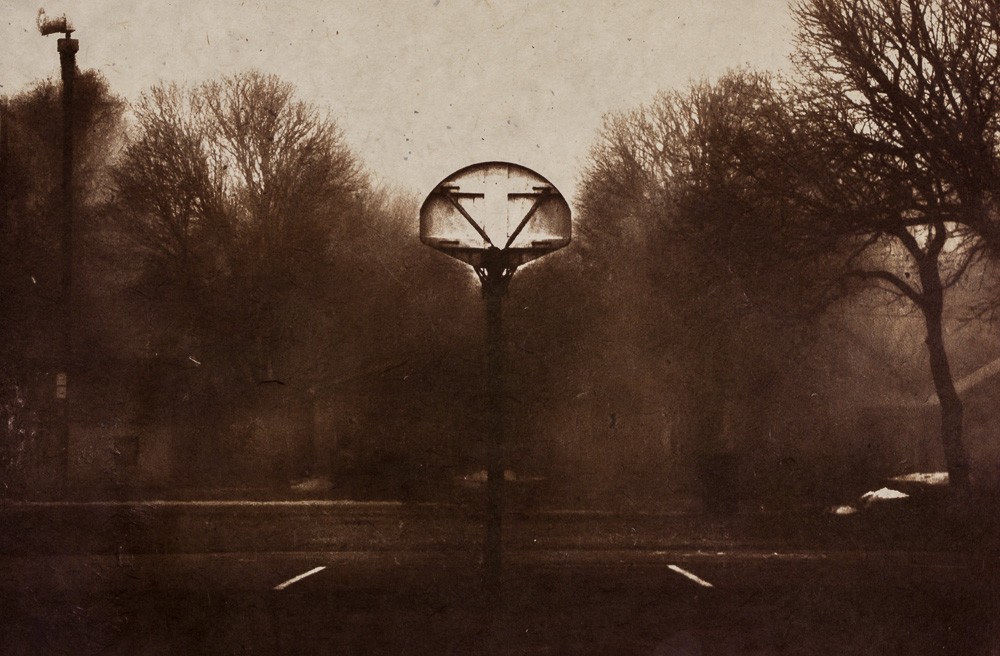DR- Chadric Devin
DR- Chadric Devin
Chadric Devin holds a Master of Fine Arts degree from the University of Nebraska-Lincoln where he received a full Graduate Teaching Assistantship, Hixson-Lied and Centennial Fellowships, the Miller Scholarship and the Dan and Barbara Howard Award for Creative Achievement. He is currently an Instructor at Central Community College-Columbus where he teaches studio art courses in drawing, printmaking and painting, as well as courses in art history and humanities.
Chadric utilizes printmaking, sculpture, and alternative photographic processes to discuss the social relationships that occur between males and the expectation they have to perform and fulfill prescribed gender roles. He explores these ideas through a variety of materials that range from handmade Japanese paper to nontraditional surfaces, such as athletic tape and rope.
Chadric has exhibited his work nationally and internationally, most notably at Bradley University in Peoria, Illinois; Lane Hall Gallery, Ann Arbor Michigan; Society for Photographic Education Gallery, Cleveland, Ohio; University of Indiana, Bloomington, Indiana; Art Intersection, Gilbert, Arizona; Temple University, Philadelphia, Pennsylvania, and Xi'an Jiaotong University, Xi'an, China. Chadric has presented public lectures on his work at regional and national Society for Photographic Education conferences, at Northwest Missouri State University, at Truman State Universty, and at Xi'an Jiaotong University. His work has been featured in art and photography based publications such as The Hand, PDNedu, Exposure, and in the literary publication, Prairie Schooner.
In athletics, the phrase “man-to-man” refers to a type a defense: one where a single player is paired against another individual. They are in constant competition, and as rivals they relentlessly compare themselves to one another. This colloquial expression, which I used as the title of my current body of work, also draws attention to the gendered term “man” as a social construction and signifies the diversity and complexity that exists between one representation of masculinity and another.
Throughout my childhood I felt an overwhelming responsibility and pressure from my stepfather and the small, Midwestern community in which I grew up to participate in athletics as a way to display socially delineated ideas of masculine behavior. American culture and society, in the same way, has its own set of constructed archetypes that dictate masculinity and the ways in which boys and men are expected to interact and perform their gender. My work as an artist explores the complications and subtleties of these expectations, specifically the complexity of desire and the diverse role it plays in how relationships form between males.
For me, it is in the arena of athletics where these interactions and performances take place and are deeply embedded. Within this environment men are able to physically interact and engage in a way that they are otherwise socially unable. On a very surface but still visceral level, being an athlete is regarded as the epitome of hyper-masculinity. It is through physical and aggressive acts of strength and dominance that they are championed for fulfilling a prescribed gender role. Within my work, I am interested in the bodies, objects, and materials that interact through these performances as well as the non-physical ways a male may begin to understand, develop, and experience a gendered identity.






































